|
We have had many conversations with people about what type of pet they would like to add to their family. There are many things to consider such as how social the animal is, how much mess there might be to clean, life expectancy, and lifestyle compatibility. Pets are also a financial commitment and it can be difficult to get an idea of exactly what a new pet will cost. Since we care for a variety of animals, we decided to put together some charts based on our experience of caring for these different animals. We decided to factor our veterinary costs differently than other resources. Instead of factoring the average cost of a wellness exam and standard annual care for a healthy animal, we also looked at our experience of how often the specific type of animal may become sick and the typical costs of end of life illnesses. We added these costs to the annual wellness costs for the animal's lifespan and then divided these costs by the average lifespan. For example, a single ferret might cost $300 to care for in a year in which they are healthy, but ferrets are prone to many end of life illness that can be expensive to treat. When you factor this in, it raises the average annual cost to $600 per year. That's a big difference! So ferret owners should expect to spend $300 per year caring for their pet during a healthy year and set aside an additional $300 per year for potential illnesses. We hope that this information is useful for pet parents as they factor in a budget for their new family member. Example Chart: Peach the CatTo give you an idea of how we came to our numbers, we are providing an example with our eleven pound tabby cat, Peach. Her annual wellness exam with vaccinations is about $80. However, we have budgeted $200 for veterinary expenses to cover potential illnesses she may have over her lifetime. Since cats are a more common household pet, you may be able to compare your budget for feline expenses against ours. These numbers should also give you some frame of reference as you compare other types of animals on our list.
Common Small Mammal PetsWe are only putting together numbers for small mammals in our care. While there are many other small mammals in the pet trade, we do not have numbers that we can use for guinea pigs, rats, mice, hamsters, or gerbils. We would expect that the numbers for a Guinea Pig might be similar to the Chinchilla, while number for hamsters, gerbils, and mice should be less than our numbers for our Hedgehog. Rats would probably fall between the Hedgehog and Chinchilla range. For start up costs, we are including items that are typically bought only once or infrequently in the animal's lifespan. This includes a cage, food bowls, hay bins, hides or shelter, and water bottle or water dish. We are not including the cost of the animal in start up costs or the cost of the first bag of food or initial wellness exam. Your expected first year budget can be found by adding the annual cost and the start up cost. With small mammals, the combination of veterinary costs and shorter lifespans play a huge role in their annual budget. The annual veterinary budget for each animal is as follows: ferret ($400), rabbit ($250), chinchilla ($100), and hedgehog ($200). Chinchillas typically have a longer lifespan and fewer illnesses so this more evenly spreads their veterinary costs over time, while hedgehogs have short lifespans and a variety of common illnesses so you can expect to spend more money in a shorter amount of time. Rabbits and ferrets are both prone to emergency veterinary visits and are susceptible to different illnesses. As mentioned previously, ferrets have very high end of life health care needs and require annual vaccinations like dogs and cats, so they have the highest annual budget. You may notice that our rabbits surprisingly have the lowest start up cost of our other animals. This is because we do not have a cage for our rabbits. We use a small bedroom as their enclosure instead of using a cage or a pen. While the ferrets are also given a small room as their enclosure, we do have a cage for them that we use to contain them during cleaning time or when we travel to longer events. Since the ferrets have a room as their enclosure, they have a cheaper cage that would not be adequate as their main housing. For a sturdier cage, the cost would be about $100 higher. For a rabbit, if you choose to use a cage or pen, you would need to add in this additional cost.
Our Feathered Friends: ParrotsIt was difficult for us to estimate our food budget for the different types of parrots in our care. One of the advantages of having a multiple parrots is that we can often split the food between the parrots. They also receive a variety of fresh foods as part of their diet. These fresh foods are also consumed by other animals (and people!). Again, the start up costs only include the cage and an initial purchase of toys, perches, and food dishes if they were not adequately supplied with the cage. The start up costs do not include the cost of the animal. For parrots, this is often the highest initial expense with many small parrots costing $200-$300 and larger parrots costing $1,500-$2,500. Veterinary costs for sick parrots do not have as much of an impact on the annual budget due to their long lifespans. In addition to typical wellness exams, parrots should also have their blood work checked. You can expect to spend a bit more on their annual wellness exam than you would for your dog or cat. They also require a larger budget for toys and enrichment. Parrots are social and emotional animals. Boredom can cause frustration, behavioral problems, and psychological or physical illness. Over 60% of our annual budget for our macaw parrot is the cost of toys and enrichment for her. She's a young parrot so this may change as her energy levels change over time, but for now, this is what our numbers are showing.
Lizards: Leopard Gecko, Bearded Dragon, Chameleon, & TeguWe have a variety of lizards that we work with here at Ferrets and Friends so for this selection we tried to pick some of the most popular pets as well as our largest lizard, our Argentine Tegu. Since we keep a large collection, we use stacking enclosures, radiant heat panels, and a thermostat to maintain heat levels. For high humidity animals, we also use a humidifier. For start up costs, we included the enclosure, heating system, hides, water dishes, and humidifier (where applicable). For annual costs, we included food, substrate, UVB strips, basking bulbs, and veterinary care. We actually reduced the cost of our veterinary care budget as we realize that most people do not take their reptiles to the veterinarian each year for wellness exams. Instead, we tried to reflect the costs for illness, fecal exams, and typical end of life care. Out of the animals listed, chameleons have the highest veterinary cost average due to their shorter lifespan (the same thing happened with hedgehogs as we discussed earlier). For Bearded Dragons, you should get their fecals checked once a year and they sometimes need to be treated minor illnesses. Leopard geckos are very easy to care for and the longer lifespan makes their average veterinary costs the lowest of the group. With reptiles, proper husbandry is really important. Many expensive veterinary costs are avoidable by making sure that your reptile has the proper diet and environment. As we were putting together this information, we were surprised to find that we actually spend more money annually feeding our Tegu than feeding our cat. She costs an average of $440 per year to feed, just barely surpassing the food budget for our favorite feline.
Snakes: Corn Snake, Ball Python, and Boa ConstrictorSnakes are probably one of the most budget friendly pets. Young snakes might only eat once a week. Older and larger snakes might only eat once per month. Most of our snakes use either a radiant heat panel or a heating pad which do not need to be replaced as often as bulbs. Feeding a frozen/thawed diet of mice or rats makes it easy to buy feeders in bulk. Corn snakes, milk snakes, and king snakes are all very easy for beginners. While Ball Pythons are docile, they have several common problems that are better for keepers with more experience. The largest snake in our collection is a red-tail boa.
Tortoises, Frogs, and TarantulasFor this last group, we made some liberal estimates. Our tortoises receive their pellet supplement once per week and they receive fresh food throughout the rest of the week. We estimate that we spend about $174 per year to feed our two tortoises. We did not cut this number in half as we did with our bunny food budget estimate because we did not think it would be accurate reflection of the spending for a single tortoise. The rest of the budget is substrate changes and replacement bulbs which would need to be done in the same way regardless if you had one or two tortoises. By far the most affordable animals in our care, our South American Horned Frog (or Pacman Frog) and Desert Blonde Tarantula finish up this list. They certainly shouldn't be breaking anyone's bank account. Like the other animals, set up costs did not include the cost for the animal itself. These only include the cage, water dish, and hides. We also did not factor in veterinary care for the frog or the tarantula. In fact, our frog might be one of the only frogs that our veterinarian sees in his practice!
Final WordsSo, when people ask us which animal is the most expensive animal in our care, we can now point them to this article and answer with confidence that it is our cat! We can say with some confidence that most animals in the small pet trade will be less expensive than a pet dog or a pet horse, but some are not as cheap as you would expect. Owning a parrot, ferret, rabbit, or large lizard can cost nearly as much as a cat or a small dog. There are also going to be many individual variables. Some may wear through their toys faster or have special dietary needs. When one of our animals is sick, it is not uncommon for us to see veterinary bills of $500-$1500 in order to diagnose and treat an illness. We factor these numbers into our animal care budget. Hopefully with this information, now you can too!
22 Comments
|
About the blogFerrets and Friends, LLC has four writers bringing you information on a variety of topics from pets to wildlife, education to conservation, and from new developments in our business to information about our industry. Learn something new each week! Archives
August 2020
Categories
All
|
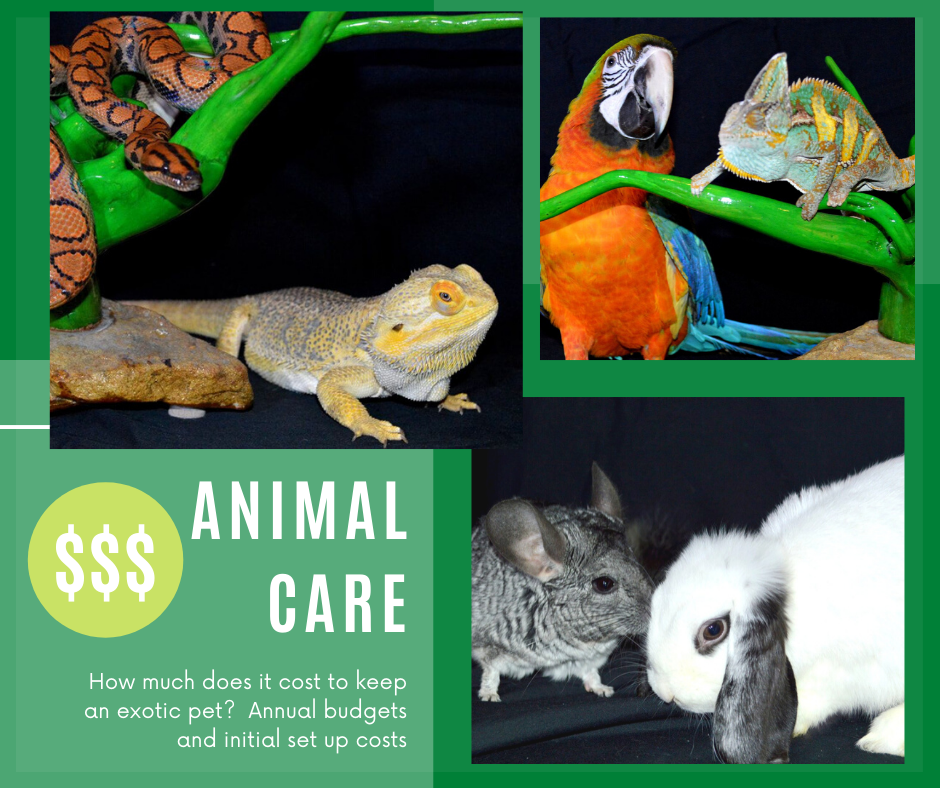
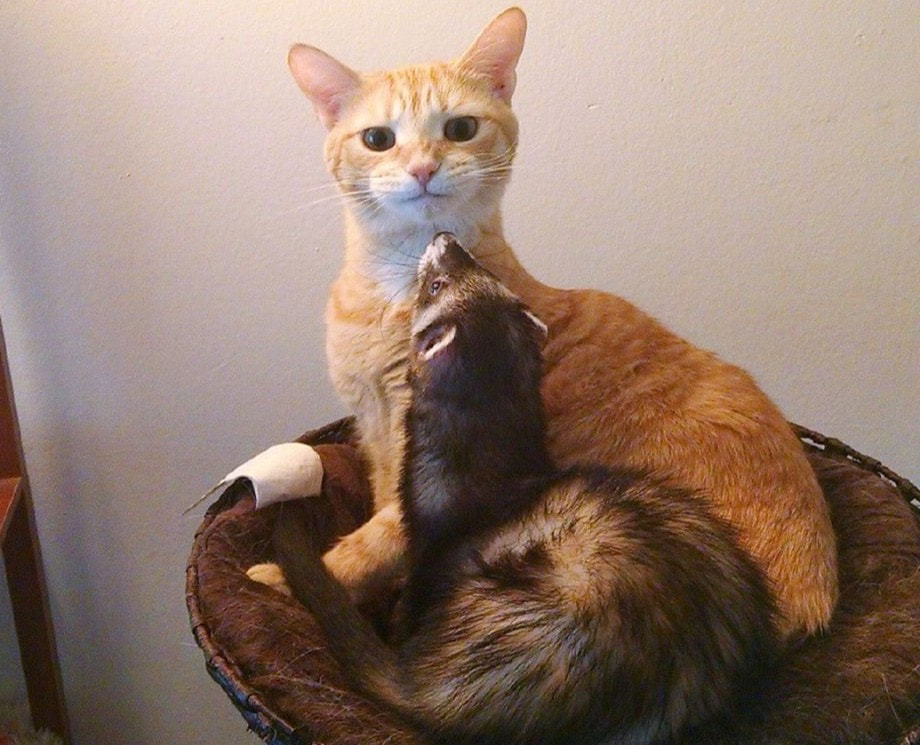
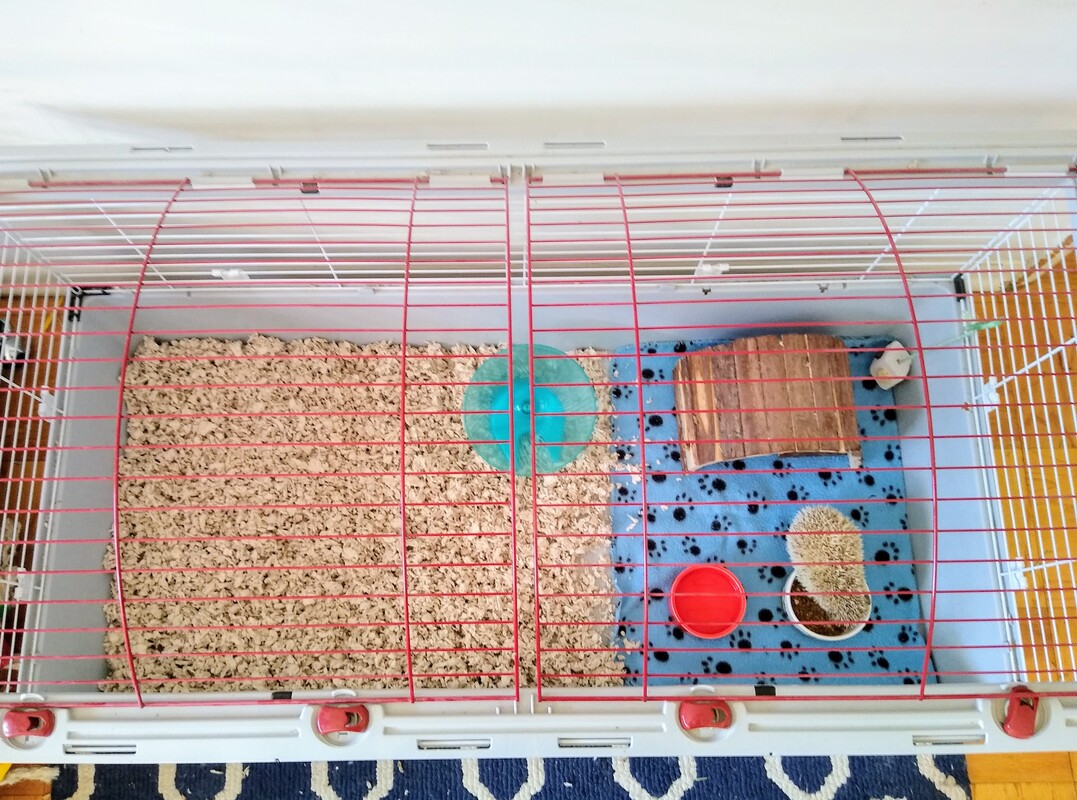
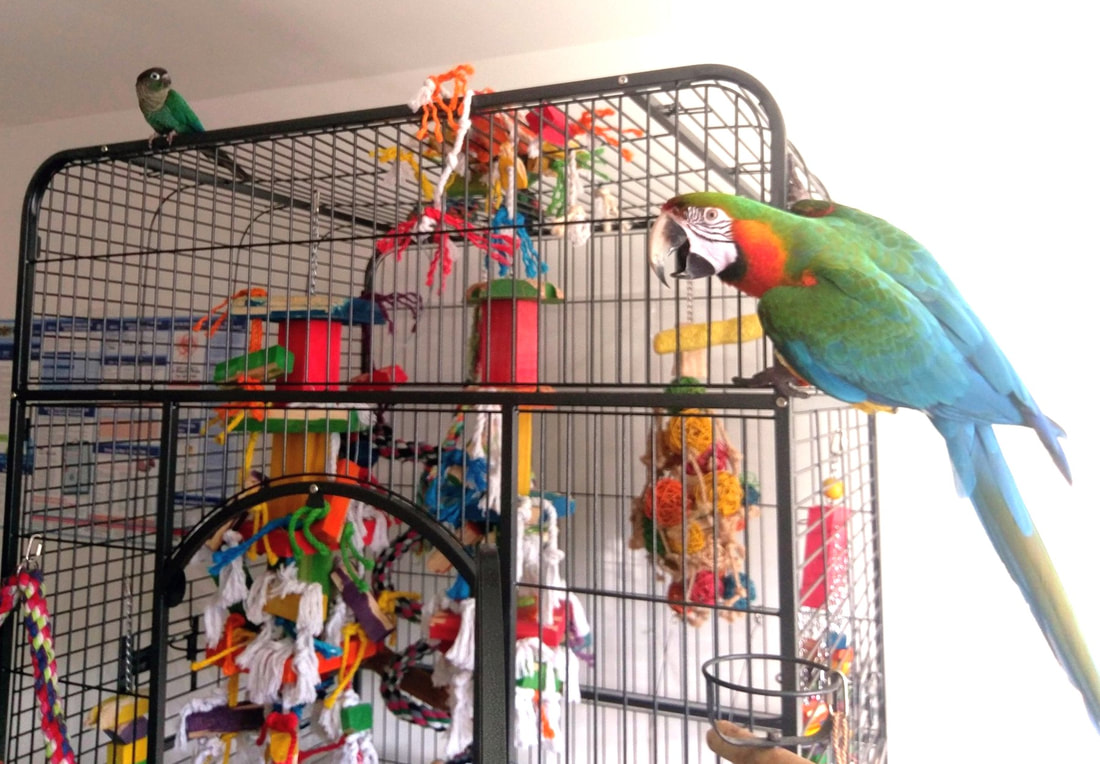
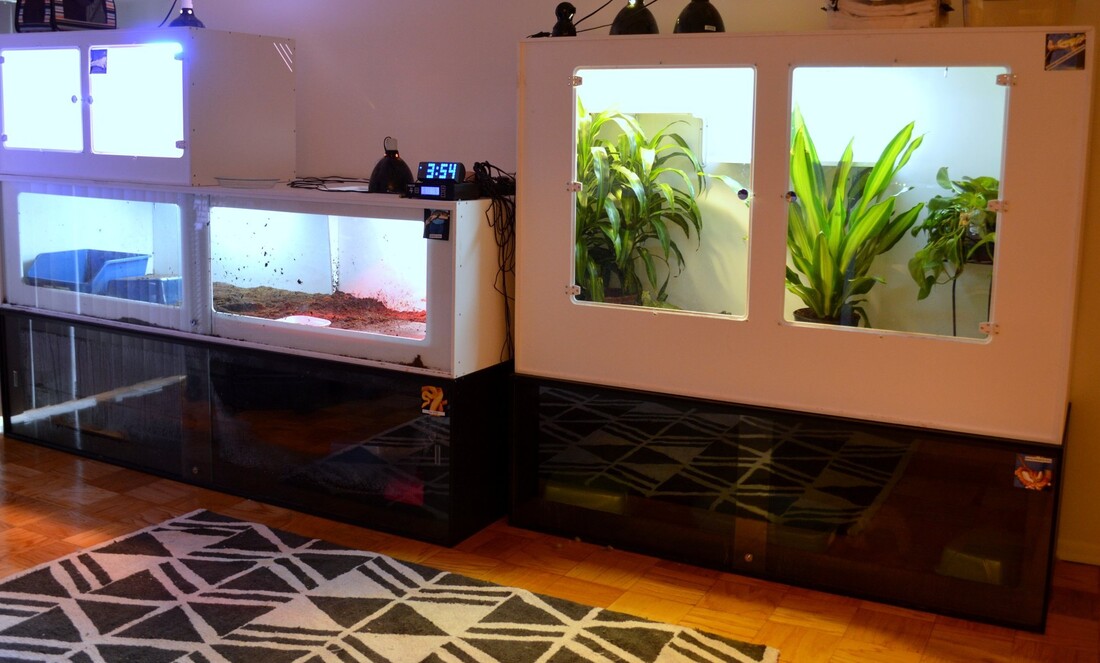
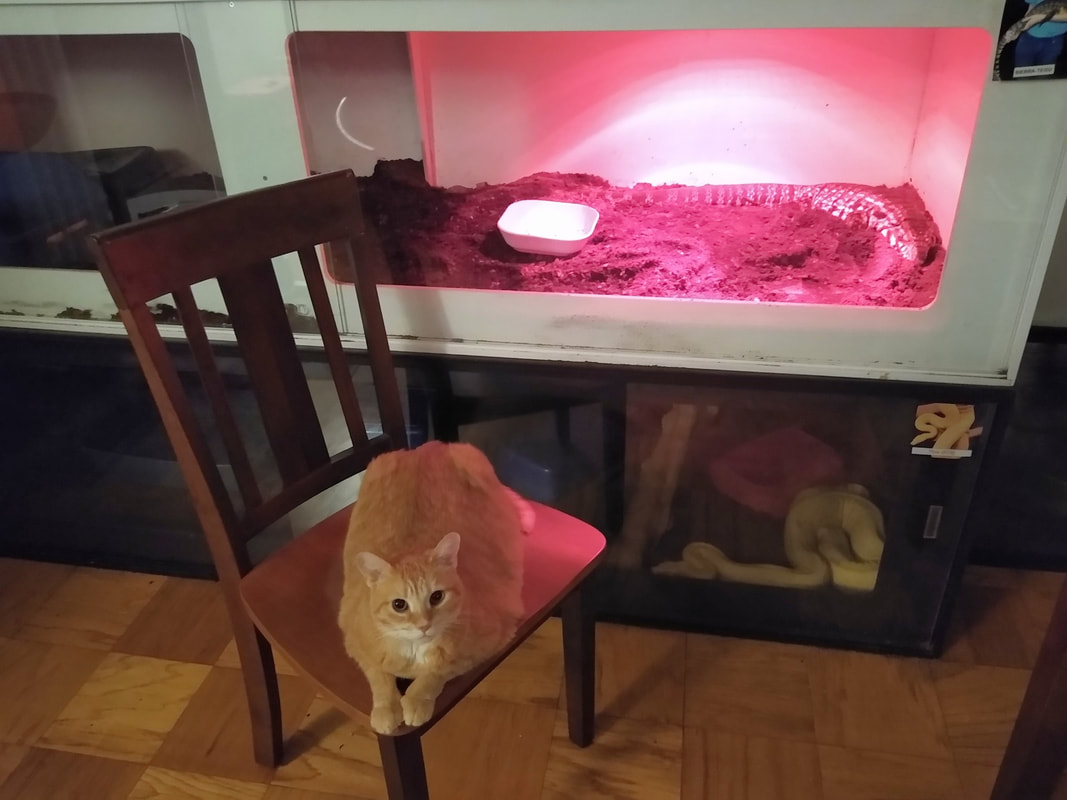
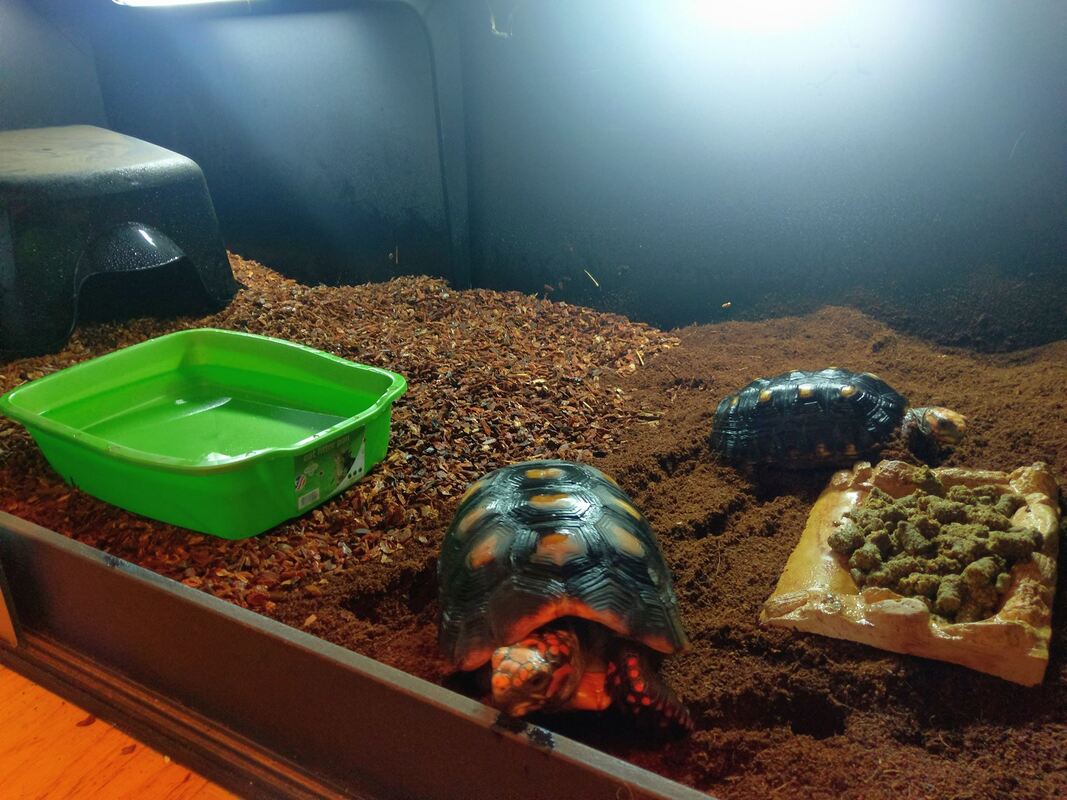
 RSS Feed
RSS Feed